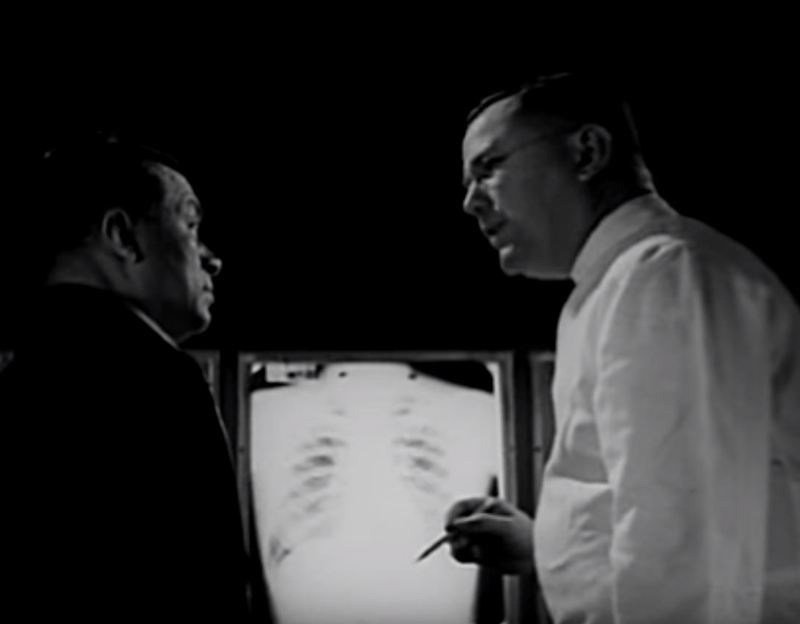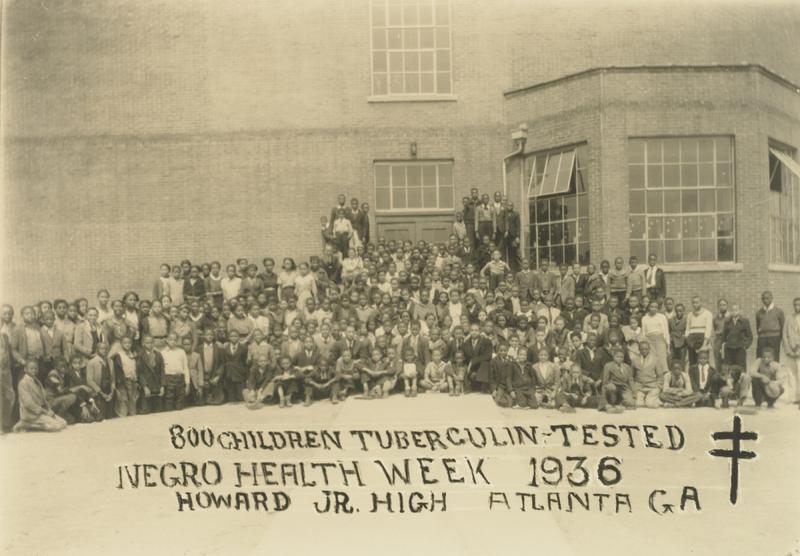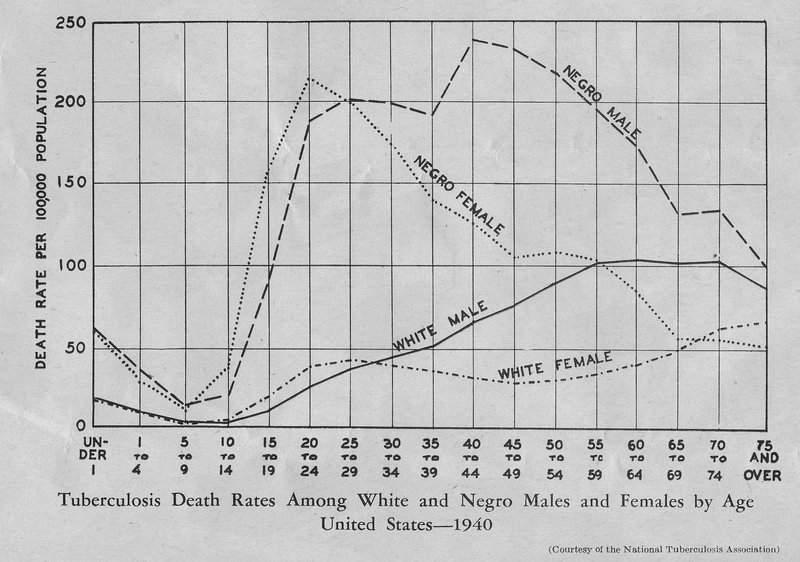Infectious Diseases – Tuberculosis

Courtesy of the National Library of Medicine
Tuberculosis (TB) is a disease caused by bacteria spread from person to person through the air usually by coughing or sneezing. People nearby may breathe in these bacteria and become infected. TB affects the lungs, but can also affect other parts of the body, including brain, kidneys, or spine.
TB has been a disease of the poor, encouraged by inadequate nutrition and spread by poor sanitation and cramped living conditions. Industrialization exposed the poor and working classes to unhygienic factories and crowded dwellings that created conditions for spreading TB.
TB is also found in rural settings among the very poor, and became a serious health problem among American Indians and Alaska Natives as early as the 19th century. A contributing factor was the poor, cramped conditions of Indian boarding schools that allowed for the spread of TB, resulting in hundreds of children’s deaths.
When antibiotics became widely available in the mid-20th century, TB cases began to decline dramatically. Today, the burden of TB in the U.S. still falls heavily on members of racial and ethnic minorities and those born in other countries. People with HIV and diabetes are more likely to get TB. Other vulnerable populations at risk for TB include people who inject drugs, smoke, or are homeless or incarcerated.
This chart dramatically documents the disparities between black and white males and females relative to death rates from tuberculosis. Many factors can be attributed to these disparities, including poverty and lack of access to health care and treatment.

Courtesy of Kenan Research Center at the Atlanta History Center
Established in 1907, the Atlanta Lung Association served both poor white and black patients. In addition to community “clean-up campaigns” to promote sanitary conditions, the organization offered health education classes and organized testing campaigns.
Further Reading
Banton, C. (1939). Tuberculosis Among Negroes. Journal of the National Medical Association, 31(3), 105–107.
